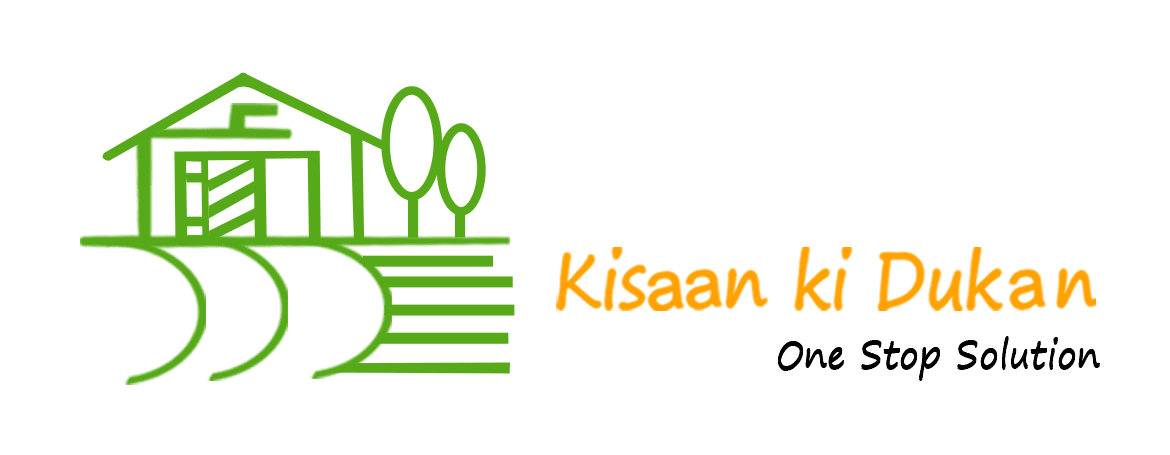Farmer Subsidy

Supercharge Your Farming Success with Farmer Subsidy
The Farmer Subsidy Service is a holistic program designed to support farmers in the agriculture sector by offering financial subsidies, knowledge and training initiatives, and promoting technology adoption. By providing targeted assistance, empowering farmers with knowledge, and facilitating the adoption of innovative practices, this service aims to enhance agricultural productivity, improve livelihoods, and contribute to the overall development of the agriculture sector. Through sustained efforts and partnerships, the Farmer Subsidy Service seeks to build a resilient and prosperous agricultural ecosystem that benefits farmers and ensures food security for all.
Types of Subsidies Available for Farmers
The Farmer Subsidy is a comprehensive program aimed at supporting and empowering farmers in the agriculture sector. Recognizing the vital role farmers play in ensuring food security and sustainable development, this service aims to provide financial assistance and resources to help farmers enhance their productivity and overcome challenges.
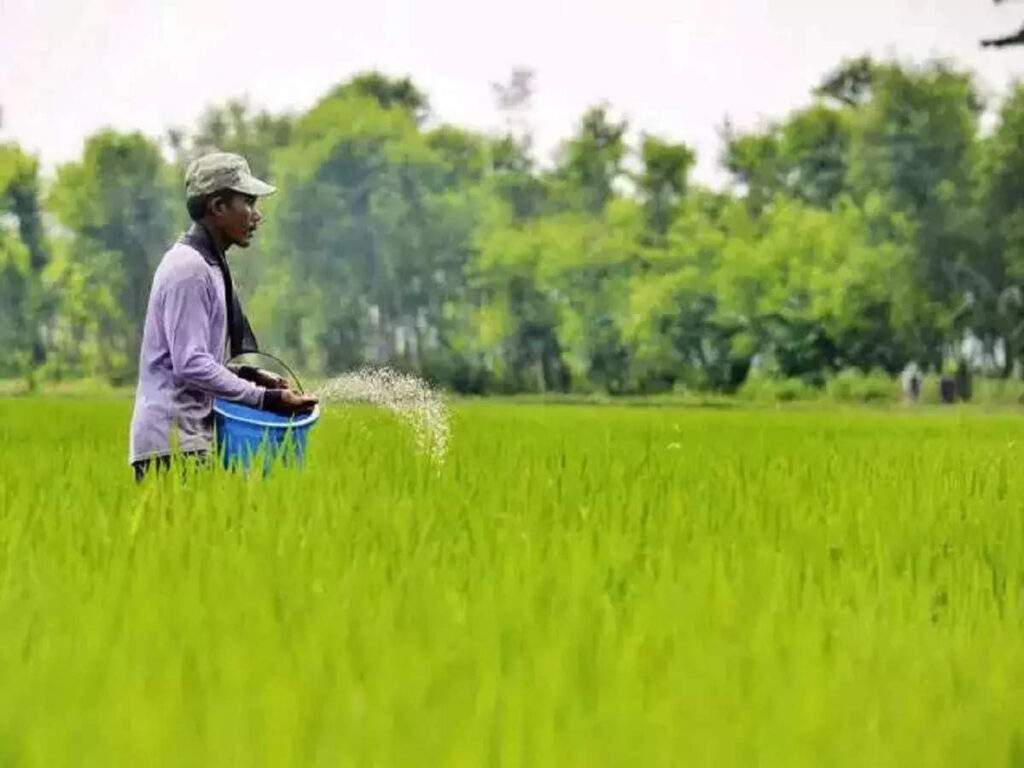
Fertilizer Subsidy
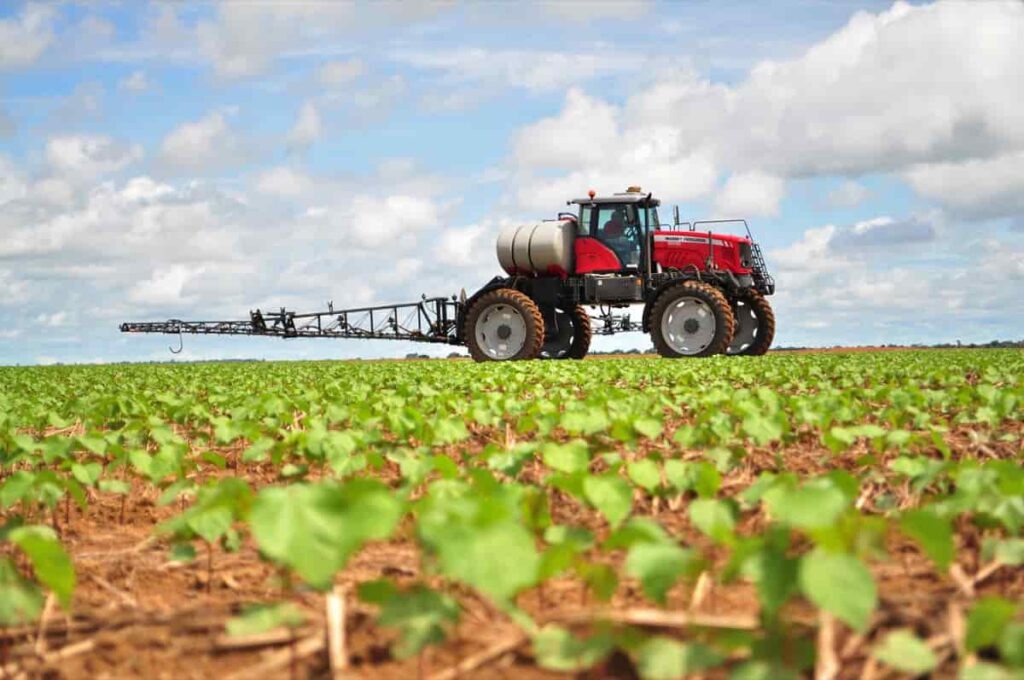
Power Subsidy
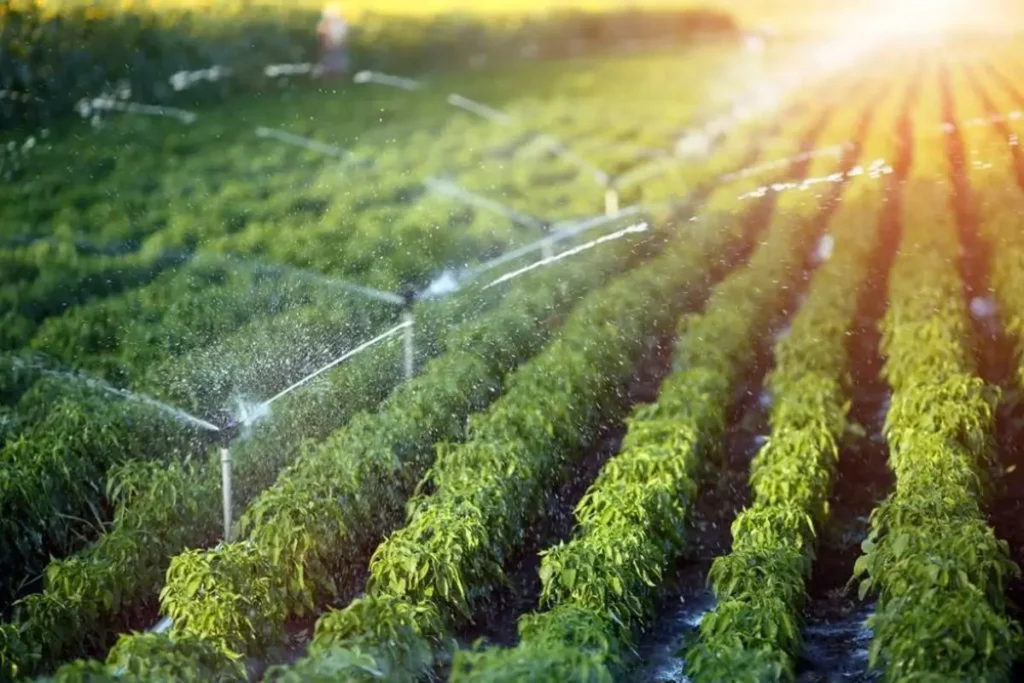
Irrigation Subsidy

Seed Subsidy

Agri Equipment Subsidy
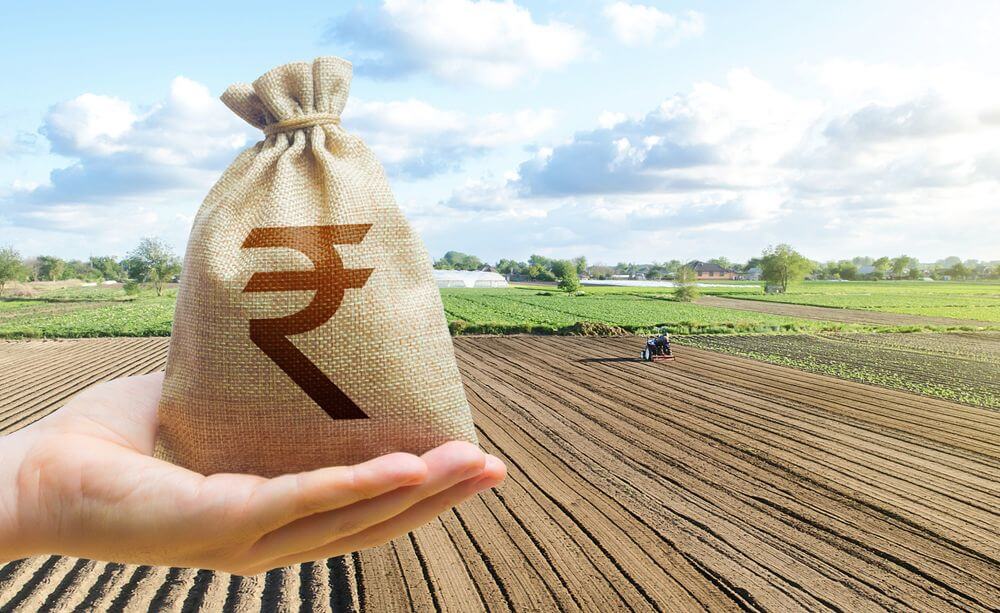
Credit Subsidy

Export Subsidy

Infrastructure Subsidy
Farmer Subsidies
Eligibility and Criteria for Agriculture Subsidies:
Learn about the eligibility considerations and documentation needed to access government support, ensuring that subsidies reach deserving farmers and foster agricultural development.
- Farmers must own or lease agricultural land as per the specified minimum landholding requirement set by the subsidy program.
- The landholding criteria may vary based on the type of subsidy and the specific region or state.
- Eligibility may be limited to specific crops or categories, such as food crops, cash crops, horticultural crops, or livestock farming, depending on the subsidy program.
- Some subsidies may prioritize certain crops based on regional suitability or government policies.
- Certain subsidy programs may have income thresholds to ensure that subsidies reach small and marginal farmers who need them the most.
- The income thresholds can be defined based on factors such as annual income, farm revenue, or family income.
- Subsidy programs may have regional preferences or specific criteria based on agro-climatic conditions, ecological considerations, or local priorities.
- This could include promoting specific agricultural practices suited to the region or encouraging farmers in underdeveloped or environmentally sensitive areas.
- Some subsidies may target specific sectors within agriculture, such as organic farming, agroforestry, or livestock development.
- Eligibility criteria may include requirements related to the adoption of sustainable practices, organic certification, or breed improvement in the case of livestock subsidies.
- Farmers are typically required to provide relevant documentation, such as land ownership records, lease agreements, or income certificates, to establish their eligibility.
- Compliance with regulatory requirements, such as tax filings or adherence to environmental regulations, may also be considered.
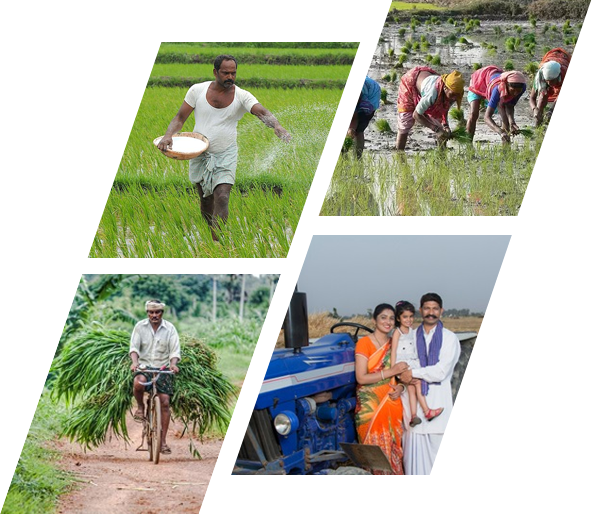
Skyrocket Your Agricultural Success with our Subsidy Solutions!
Empowering farmers with financial assistance and resources to fuel agricultural growth and enhance livelihoods.
